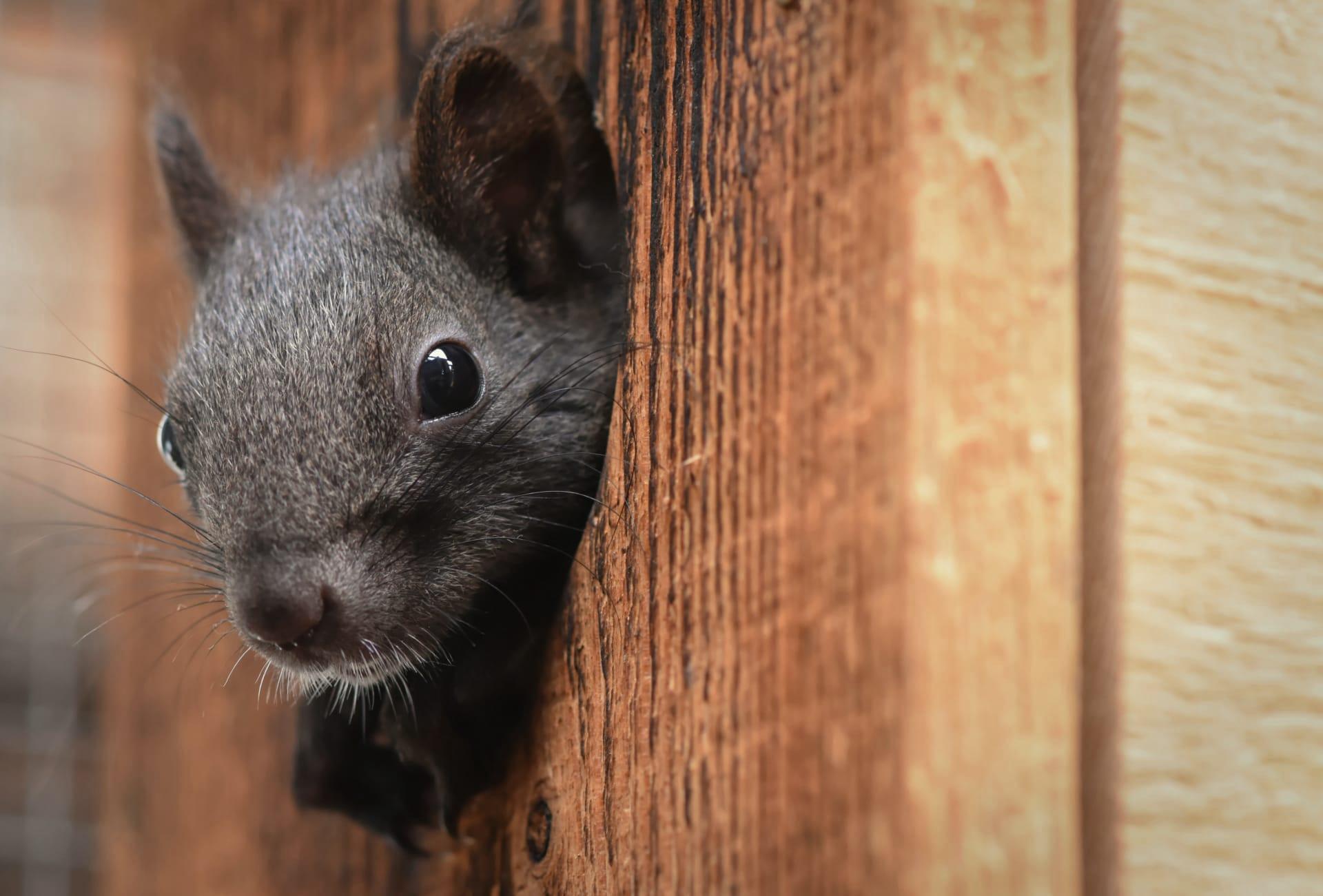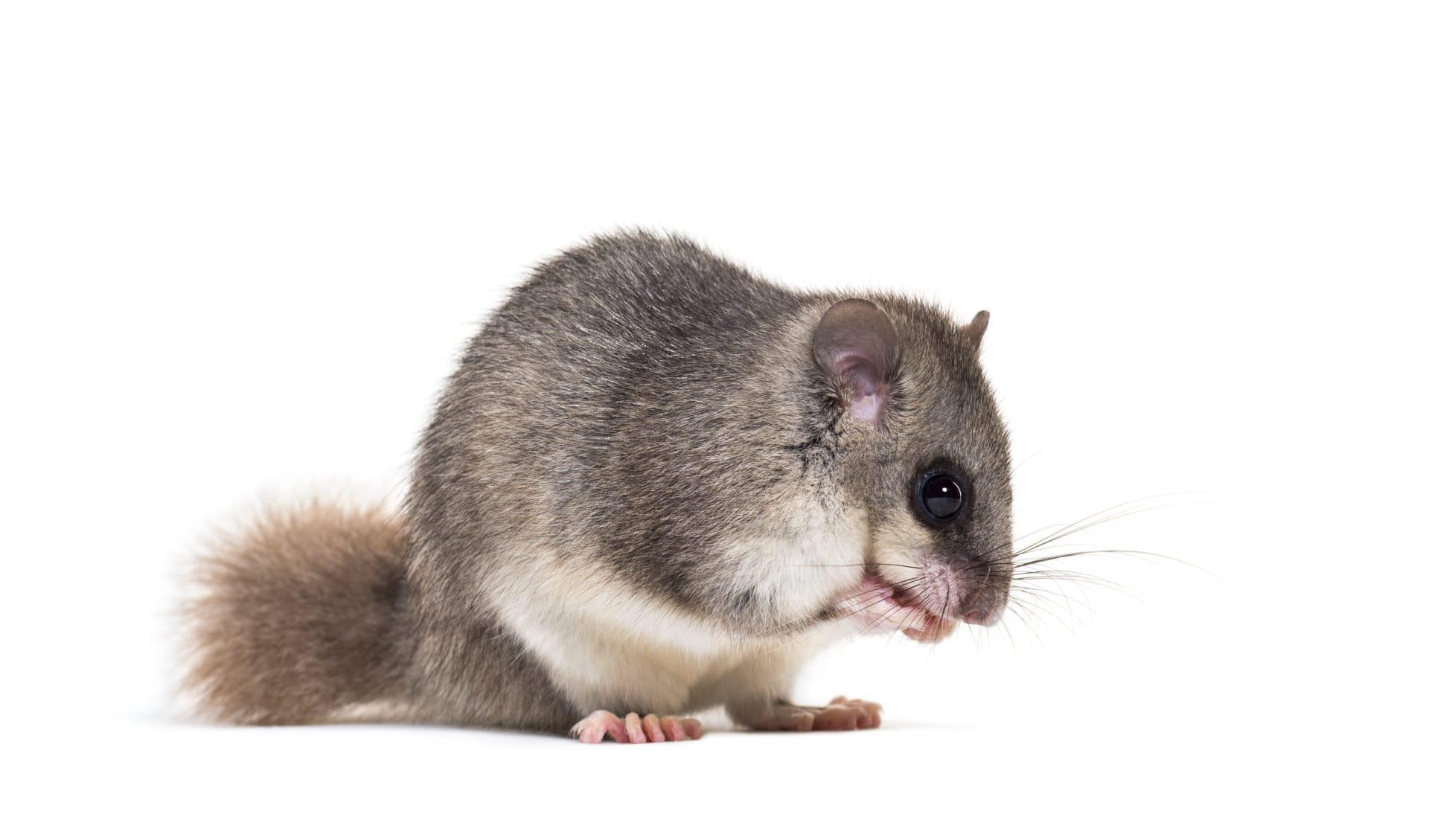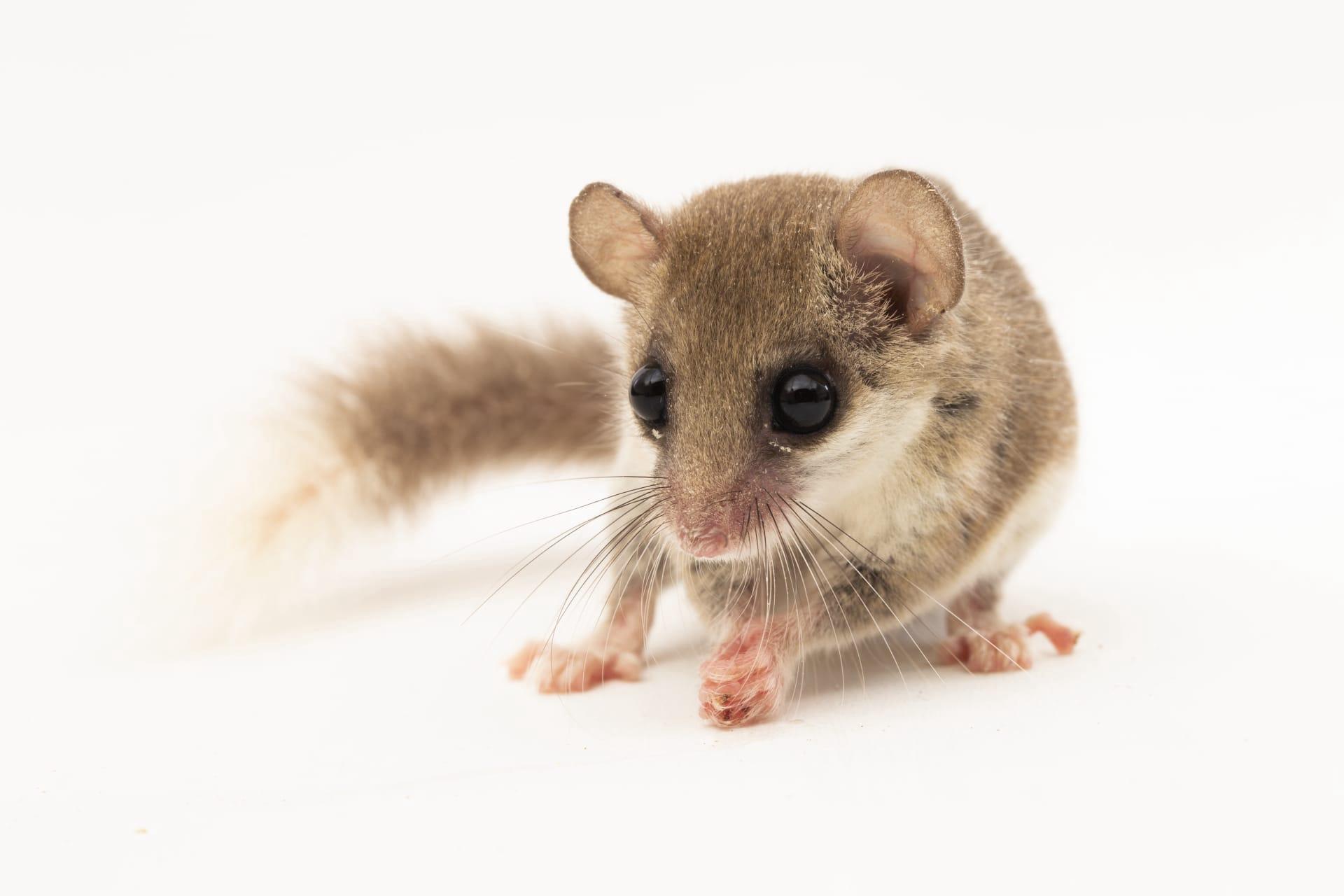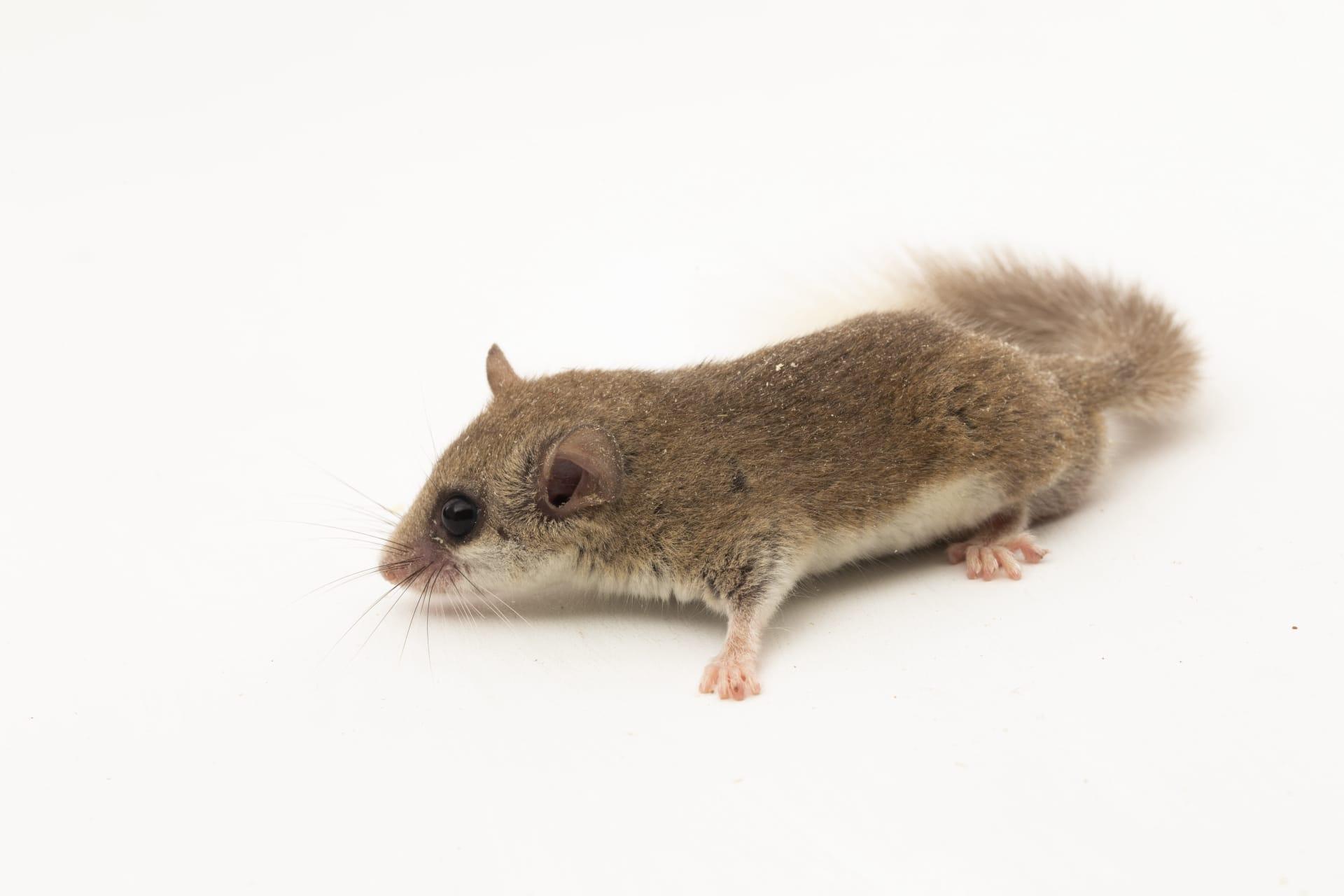Dormouse
- Home /
- Mini Encyclopedia /
- Animal /
- Dormouse
1
Dormice, small and nimble creatures, belong to the family Gliridae within the order Rodentia. They're distinct from other rodents due to their furry tails and hibernation habits. The genus Muscardinus, especially the common dormouse Muscardinus avellanarius, is well-known. This species, characterized by its orange-brown fur and large, black eyes, is a real charmer in the dormouse family.
Dormice primarily inhabit Europe and parts of Asia. Their distribution spans from the United Kingdom and Ireland in the west to Russia in the east, and from Scandinavia in the north to northern Africa and the Middle East in the south. They favor deciduous woodlands, hedgerows, and dense shrubbery. The common dormouse, for example, is found across much of Europe, thriving in woodland areas with abundant hazelnut trees, a key food source for them.

2
Question: Do dormice actually "sleep" for the entire duration of their hibernation period?
Answer: Contrary to popular belief, dormice don't sleep continuously throughout hibernation. Instead, they enter a state of torpor, reducing their metabolic rate and body temperature to conserve energy. This state is periodically interrupted for them to wake up briefly, which is crucial for their survival during the long winter months. These wakeful periods allow dormice to replenish their water levels and prevent dehydration.

3
Dormice have developed unique survival strategies to thrive in their habitats. One of their key strategies is hibernation. They hibernate from October to May, depending on the climate, to conserve energy during the cold months when food is scarce. This hibernation occurs in nests they build on the ground, unlike their summer nests which are usually high in trees.
Another strategy is their diverse diet. Dormice eat a variety of foods including fruits, nuts, insects, and flowers. This varied diet helps them to be resilient to changes in food availability. For instance, if one food source becomes scarce, they can switch to another. Their ability to store fat during times of plenty is also crucial for their survival during hibernation.

4
In ecosystems, dormice play a significant role in seed dispersal and pollination. They are known to eat and transport seeds, which contributes to forest regeneration. Their movement through different plants and flowers also aids in pollination, helping to maintain healthy ecosystems.
Dormice also form part of the food chain, serving as prey for various predators like owls, foxes, and snakes. This predation helps to control dormouse populations and maintain ecological balance. Additionally, their foraging habits influence the distribution and abundance of the plants they feed on, further shaping the ecosystem.

5
Film: "The Secret Life of the Dormouse" is a documentary from the United Kingdom, released in 2018. It explores the hidden world of the hazel dormouse, revealing its behaviors, habitat, and the challenges it faces in the wild. The film provides a detailed insight into the life cycle of dormice and the importance of conservation efforts.
Book: "Dormice: A Tale of Sleeping Beauties" is a British publication from 2016 by author Sarah Pascall. It delves into the fascinating life of dormice, covering their biology, behavior, and habitat, along with the conservation challenges they face.
Book: "Whispers in the Woods: The Dormouse Chronicles" by Richard Cooper, published in the USA in 2020, provides an enchanting journey into the world of dormice. The book combines scientific facts with storytelling, offering insights into the dormouse's role in various ecosystems and its importance in biodiversity.